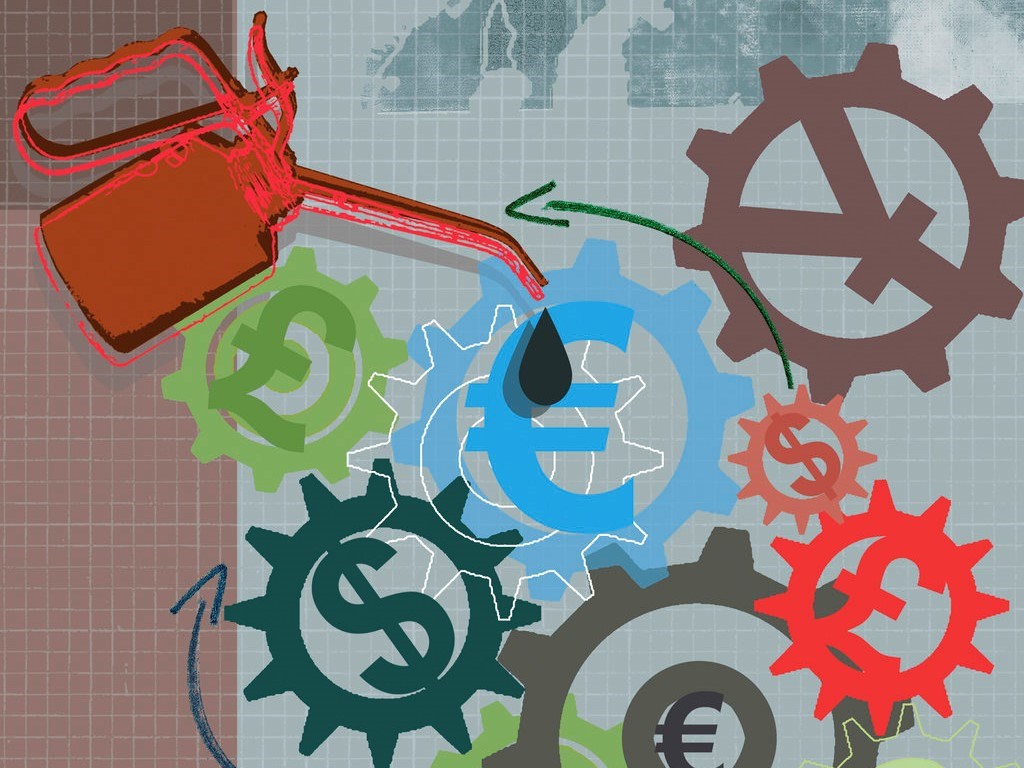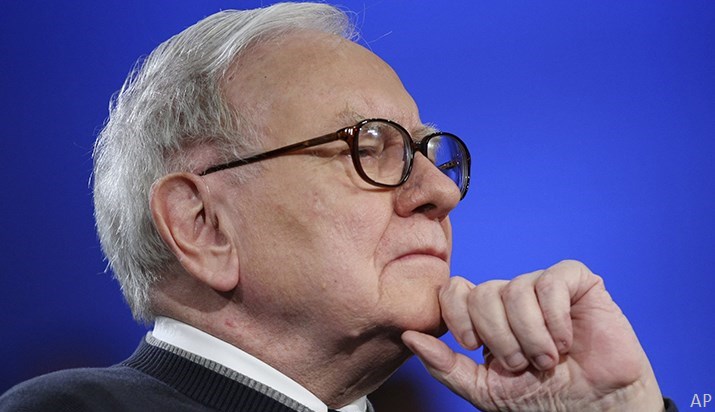
Bond yields are rising. The yield on a 10-year US Treasury bond is almost a full percentage point higher now than it was six months ago. And the equity sectors and styles that drastically underperformed last year like oil and value have begun to show signs of recovery.
What is the relationship between the two and why do higher yields put pressure on growth stocks? Morningstar senior fund analyst Matthew Wilkinson and Morningstar director of personal finance Christine Benz discuss what rising yields mean for your portfolio.
Why are Bond Prices Falling?
Matthew Wilkinson: Over the past year, interest rates have dropped to record lows and that means bond prices are high. There's an inverse relationship between the two. Bond prices have been high because of turbulence in global economies.
Bond yields are rising because they have been at such a low level — it's very difficult for them to fall further. But more importantly, investors believe they're seeing signs of economic recovery. And there's an assumption that a combination of the fiscal stimulus from the Biden administration, quantitative easing, and growth in the economy as the vaccine rolls out could drive up inflation.
Investors now believe the risk of inflation is greater than the risk of the economy being weak. This has led to the anticipation of higher interest rates. There's an anticipation that the Federal Reserve may act at some point in the future to stave off inflation.
Bond yield: The amount of return a bond earns over time is known as its yield. A bond's yield is its annual interest rate (coupon) divided by its current market price. There is an inverse relationship between a bond's yield and its price. When interest rates rise, bond prices fall (they are sold at a discount from their face value) and their yields rise to be consistent with current market conditions.
Are Certain Types of Bond (or Bond Funds) More Affected Than Others?
Christine Benz: When we look at long-term government bonds or long-term corporate bonds, for the year to early March, we see losses of about 10%. For short- and medium-term bonds, there has been less rate-related volatility. So, those indexes and those products that track them are down about 1% or 2%. So, it really depends on what you've invested in.
Wilkinson: For funds, if you're holding passive allocations to bonds via a managed fund or an ETF, you're going to have a structurally higher allocation to longer-dated bonds. The average bond is around seven years in maturity. If you have an active manager, they can move the average maturity of their portfolio around. The nuance here is the longer your maturity, the more affected you are by the change in interest rate. For example, if you have a maturity of seven years, which is what the global aggerate bond index has, you're more affected by interest rates rises than if you're in a product that has a maturity of less than seven.
Duration: The measure of a bond's interest rate risk. It is the weighted average of the time periods until a bond or bond portfolio's interest and principal payments are received, and it's expressed in years. When interest rates change, the price of a bond will change by a corresponding amount related to its duration.
What is the Effect on Stock Markets?
Wilkinson: At a basic level, equity valuations can be determined by assessing cash flows. You discount future years' cash flows by an interest rate. If interest rates rise, the discount increases, therefore valuations decrease. Across the board, valuations of all equities can fall. That doesn't mean prices have to fall. Prices are what is traded between buyer and seller, but valuations from the average analysts indicate that valuations are coming down across the board.
Generally, growth companies may be producing a lot of revenue but not much (if any) profit. The change in their valuation will be much greater than that of an established company with a loyal customer base and reliable revenues/costs. Moat and quality in terms of debt levels and margins all go to supporting a valuation. Extreme growth companies are what the market is going to be most focused on selling, and that's what we've seen year to date. The market trades on a lot of sentiment. Sentiment can turn quickly and interest rates rising could be that trigger.
The other side is if a company isn't profitable and has to finance itself. Its debt serviceability becomes higher because interest rates are higher. It must issue bonds. Those bonds used to be issued at 1%, now they might be at 2%. That dynamic will drive valuations.
Should Investors be Making Changes to their Investment Portfolios?
Wilkinson: Investors need to first understand what they're exposed to, and why. If you have a passive allocation to bonds, those exposures have worked very well over the past 10 years. Yes, they're now going through a period of headwinds to returns, but that's what happens with all portfolios, and that's what a well-balanced portfolio does.
If you think you have a tolerance (or intolerance) to interest rate rises, you can select other products that are more flexible — e.g. active managers that have more flexibility around sensitivity to rising rates.
If equities really start to tank, money will move back into fixed interest, long-end bond prices will rise and interest rates will fall. This is the most likely outcome. We've seen this time and time again. That's where your risk-off protection comes from; it's about diversifying your risk within the bond market.
When it comes to your equity allocation, it's the same set of questions. What's your current exposure? Are you in value or growth? What kind of managers do you have? Are you happy with the quality? How are they rated? We counsel towards not having too not having extreme allocations to any one particular style or sector.
You can exhibit your own personal style whether that be to particular types of companies or industries. But because we've seen growth companies outperform over the last ten years—in an extreme fashion of the past 12 months, investors may have higher exposure to growth-style investments. This is an opportune time to consider rebalancing your portfolio. Taking off the managers that have done well and putting your money to work with those that have lagged.
Growth manager: A fund that seeks companies that have had fast-growing earnings over the past few years, and, sometimes more importantly, that have the potential to continue to grow for a long time.
Value manager: These managers try to invest in companies at a price that's low relative to their intrinsic value and to the valuation the market has placed on similar companies.
©2021 Morningstar. All rights reserved. The information, data, analyses and opinions presented herein do not constitute investment advice; are provided as of the date written, solely for informational purposes; and subject to change at any time without notice. This content is not an offer to buy or sell any particular security and is not warranted to be correct, complete or accurate. Past performance is not a guarantee of future results. The Morningstar name and logo are registered marks of Morningstar, Inc. This article includes proprietary materials of Morningstar; reproduction, transcription or other use, by any means, in whole or in part, without prior, written consent of Morningstar is prohibited. This article is intended for general circulation, and does not take into account the specific investment objectives, financial situation or particular needs of any particular person. Investors should consult a financial adviser regarding the suitability of any investment product, taking into account their specific investment objectives, financial situation or particular needs, before making any investment decisions. Morningstar Investment Management Asia Limited is licensed and regulated by the Hong Kong Securities and Futures Commission to provide investment research and investment advisory services to professional investors only. Morningstar Investment Adviser Singapore Pte. Limited is licensed by the Monetary Authority of Singapore to provide financial advisory services in Singapore. Either Morningstar Investment Management Asia Limited or Morningstar Investment Adviser Singapore Pte. Limited will be the entity responsible for the creation and distribution of the research services described in this article.












.png)









